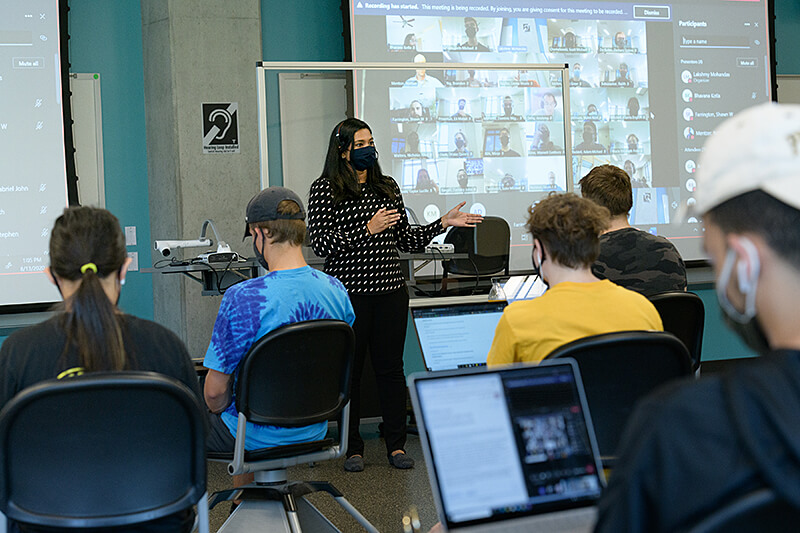Thinking more about course delivery modes? Across the province and around the world, post secondary institutions are evaluating the options in the wake of rapid shifts in technology and student expectations.
Here are some resources to help inform your discussions:
- https://teachanywhere.opened.ca/teaching-digitally/hyflex-teaching-and-learning/
- https://carleton.ca/tls/learning-spaces/hyflex-learning-spaces/
- https://thinkudl.org/episodes/hyflex-course-design-model-with-brian-beatty
- https://libguides.jibc.ca/hybrid-learning
- https://www.buffalo.edu/edc/AcademicPreparedness/HyflexModel.html
- https://ctl.columbia.edu/resources-and-technology/teaching-with-technology/teaching-online/hyflex/
BC Campus: HyFlex Principles. Principles and Calls to Actions (HyFlex ReAction Conference Artifact, February 15, 2022) https://s3.ca-central-1.amazonaws.com/eply-client-files/5196/AccountFiles/Documents/HyFlexReAction-Principles.pdf
Beatty, B. J., ed. (2019). Hybrid-Flexible course design: Implementing student-directed hybrid classes (1st ed.). EdTech Books. Retrieved from https://edtechbooks.org/hyflex.
Bell, J., Sawaya, S., & Cain, W. (2014). Synchromodal classes: Designing for shared learning experiences between face-to-face and online students. International Journal of Designs for Learning, 5(1), 68-82.
Bower, M., Dalgarno, B., Kenney, G., Lee, M., & Kenney, J. (2014). Blended synchronous learning: A handbook for educators. Retrieved from http://blendsync.pbworks.com/f/ID11_1931_Bower_Report_handbook_2014.pdf.
Miller, J.B., Risser, M.D., & Griffiths, R.P. (2013). Student choice, instructor flexibility: Moving beyond the blended instructional model. Issues and Trends in Educational Technology, 1(1), 8-24.
Raes, A., Detienne, L., Windey, I., & Depaepe, F. (2019). A systematic literature review on synchronous hybrid learning: Gaps identified. Learning Environments Research.
The Centre for Teaching Excellence can help you frame these discussions and explore the considerations involved in many different modes of delivery. For more information, contact cte@capilanou.ca.

Recent Comments